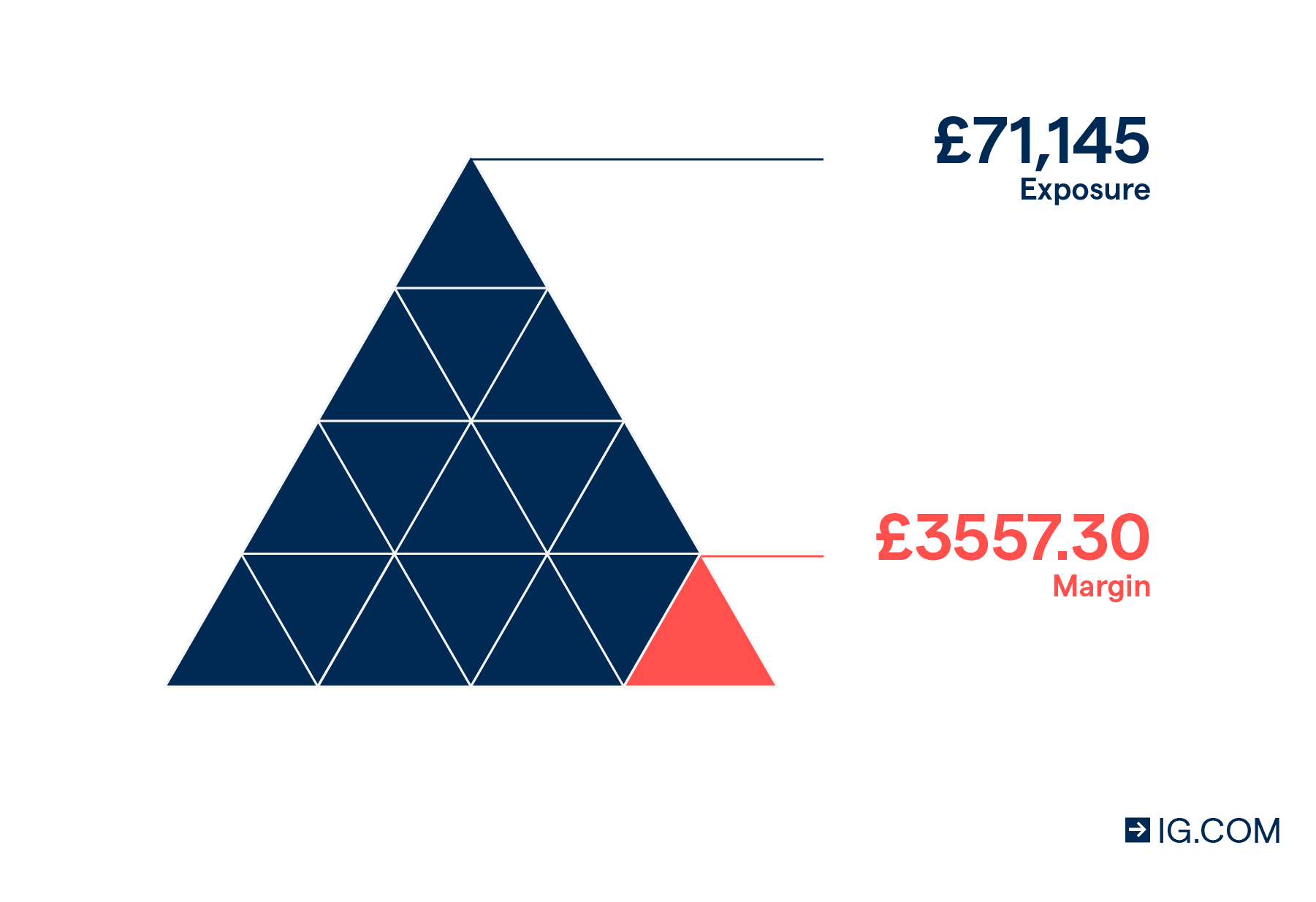Betting Plus Minus Spread
For those visitors new to the sports betting topic, we have added this guide to teach you how the point spread works and try our best to explain the point spread the simplest way possible. It's a fact that the point spread is the most popular form of betting, especially on the NFL games, and one may have heard references to spread betting on the TV, in books, etc. But for many the question of how point spread works remains a mystery. Whether you want to learn how the point spread works in order to place bets or out of simple curiosity, this guide should be able to give you the basics of spread betting. You can learn more about the NFL point spread at this website.
What is point spread, how point spread works: In it's simplest form, the spread is point handicap given to one of the football teams. It takes the form of plus/minus sign followed by numbers. An example of point spread is 'New England Patriots -7'. The '-7' is the point spread. It simply means that if you bet the point spread on the Pats, New England must win the game by more than seven points in order for your bet to be a winner. If the spread was '+7', the plus sign indicates that the team must lose the game by no more than 7 points for your spread bet to be a winner. So, let's put this in a nutshell - the minus sign in front of the point spread means that those points will be taken from the NFL team's final score and the plus sign means that those points will be given to the football team in the end. The point spread on an NFL game would always have one team being 'given' points (+7) and the other team being 'taken away' points (-7), the points are always the same for either team. Here is an example of NFL point spread:
New England Patriots -7
San Diego Chargers +7
- If the symbol is a minus, then they are the favorite, while a team that has a plus symbol is not. Overall, this sports betting FAQ should give you a pretty good understanding of the world of betting on sports online.
- In case of the point spread, minus or “-” indicates the favourite. On the other hand, the plus or “+” is to indicate the underdog. Let’s try to understand this better with an example. For example, suppose you place a wager on the Dallas Cowboys as a -7 to beat the Green Bay Packers as a +7.
Again you’ll see the plus and minus symbols, but with smaller denominations. For example, say Team A is shown at -7, and Team B at +7. If you placed a bet on Team A, the team would have to win the game by eight or more points. Betting on Team B would win you your bet if the team wins the game, OR if it loses by less than six points.
As you can see, both spread numbers are the same for each team, the only thing that changes is the + and - signs, i.e. which team will be given the points handicap. The easiest way to calculate the point spread is to simply subtract the point spread from the team's final score. For example, if the final score is Patriots 21 - Chargers 17 and you've bet the Pats spread, you will lose, since 21-7=14, which would make the score Pats 14 - Charges 17, i.e. the Patriots fail to cover the point spread. Learn more about the spread and how to bet it by following the link on our top menu.
© PointSpreadNFL.com - All Rights Reserved. Not associated with the NFL.



The plus (+) and minus (-) in sports betting can refer to either the point spread or betting odds. In terms of the spread, the ' - ' always refers to the favorite and the ' + ' always refers to the underdog. For example, you can bet the Dallas Cowboys as a -7 point favorite to beat the Green Bay Packers or the Packers as a +7 point underdog. If you bet the Cowboys -7 and they win by more than seven points, you win your bet. Similarly, if you bet the Packers +7, as long as they lose by less than seven points or win outright, you win your bet.
It's a similar case for the betting odds, though favorites don't always have a ' - ,' especially in sports like baseball, hockey or soccer where final results are often decided by one run or one goal. It's especially the case in soccer since matches can end in draws, whereas a winner is declared in almost every other sport because of overtime rules. However, in most cases, the favorite will have a ' - ' in front of its moneyline odds while the underdog will always have a '+ .'

For an example of moneyline betting odds, you can bet the Eagles as a -150 favorite to win or the Giants as a +180 underdog to win. If you bet $100 on the Eagles to win at -150, you would net a payout of $166.70. If you bet on the Giants to win at +180, the payout would be $280 because they are an underdog.
Betting Plus Minus Spread Football
For something like soccer, Arsenal could be a +150 favorite against Everton as a +190 underdog, while the draw would be set at +220. In this case, the payout would be decent for every situation mainly because the teams are even and there are three possible results compared to just two for something like football (unless they go scoreless in overtime). In this case where both teams have a ' + ' in front of their odds, the team with the lower number is the favorite. The lower number also means a lower payout, which is always the case for betting the favorite on the moneyline. A $100 bet on Arsenal +150 would net $250, while a $100 bet on Everton +190 would net $290. Going further, a $100 bet on the draw at +220 would payout $320.